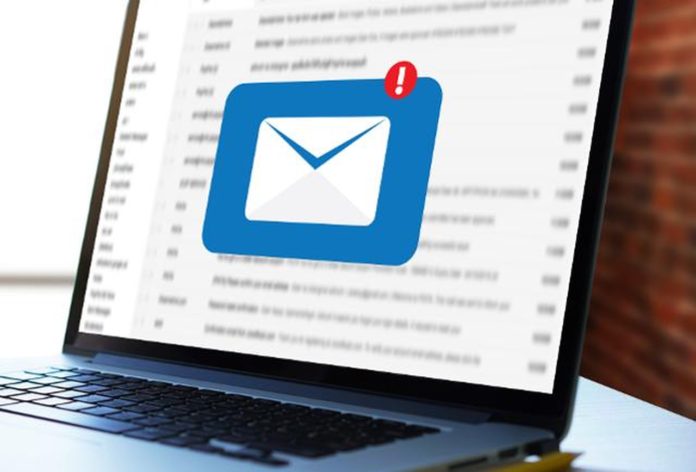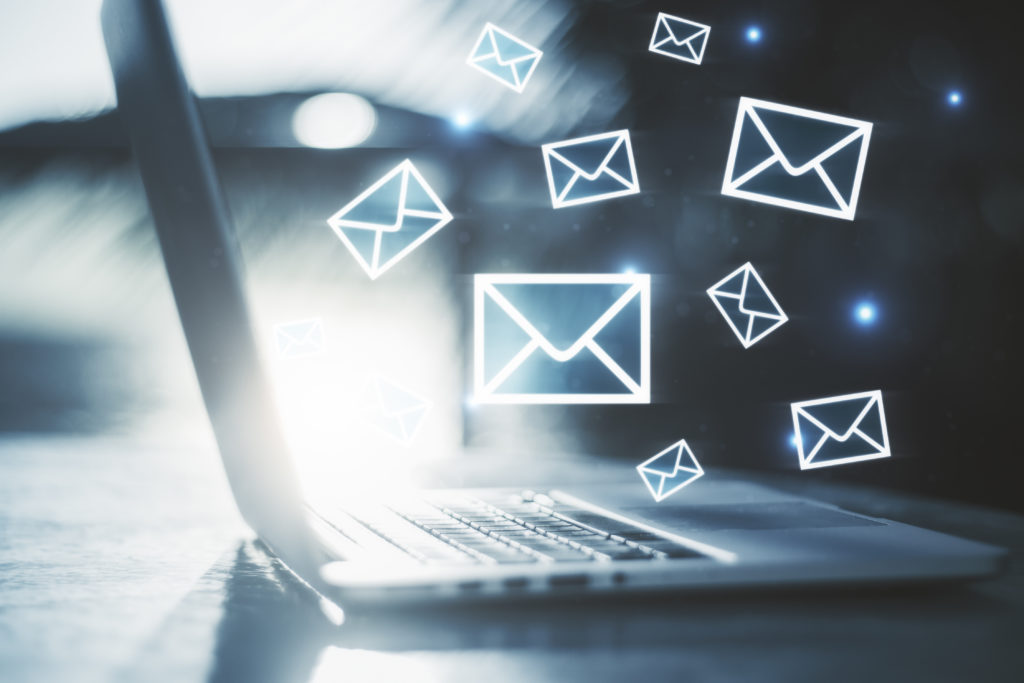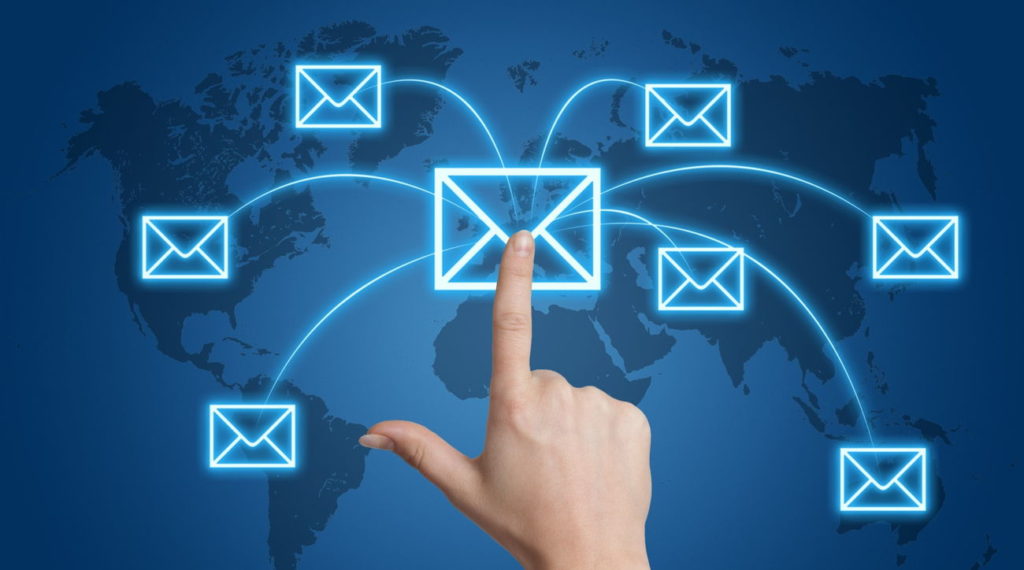
Whitelisting is an essential part of email marketing. It makes sure your email ends up in the users’ inbox, not a spam folder. Therefore, it directly impacts the number of your potential clients. As a marketer, a business owner, or an agency you don’t want your emails to be marked ‘black’ or have a high bounce rate. Deliverability equals success. But how do you get there?
Join the Prestigious Whitelist
One of the most important steps towards being a ‘member of the whitelist’ is becoming a safe sender. This means your server has to be approved and considered spam-free. Getting blacklisted is every marketer’s nightmare. It doesn’t always mean your content is spam. Inbox and blacklist providers catch both legitimate and malicious senders, and if you’re one of the former, you need to take care of your listing immediately.
Poor data hygiene and other practices can make you fall into a spam trap. It looks like a real email address, but its only purpose is to identify senders with bad list hygiene. As a result, your mail ends up in a spam folder and you will probably never hear from most of your target receivers.

Users need to want to receive emails from you. Most email servers ask them periodically whether or not they wish to be sent newsletters and other offers from a particular email address. If they opt-out, you’ve lost the battle.
The easiest way to become whitelisted is by simply signing up for whitelists. But it may not be that easy. Most ESPs require some kind of sending history before they allow you to sign up. You can also ask your subscribers to approve your email address and add it to their whitelist. This practice can have two outcomes: they will agree immediately, or they will find your request too pushy and decide to opt-out. A good strategy of how to suggest it is crucial.
As most users may not be familiar with marketing methods, you can make it easier for them and present how to add your email address to their ‘whitelist’.
Bouncing as a Result of Poor List Hygiene
Bouncing emails can create a lot of potential problems such as a reduced number of customers (and your income), bigger bills from your ESP and can even get you on the detested blacklist. Marketers and business owners should avoid bouncing like the plague.
What is an Email Bounce?

When an email bounces, this means it has not been delivered due to some error it encountered on the way. But not all bounces are caused by the same failure. Sometimes it can result from a faulty server communication process, and in this case, we cannot call it a bounce as it hasn’t reached the recipient server.
We can distinguish two major types of bounces: hard and soft. The first one occurs when an email makes it to the recipient server but eventually bounces back to you. It can be caused by either a non-existent domain, a typo in the address, or a simple rejection. You should immediately remove such email from your list as it will increase the bounce rate. Alternatively, you can place it in the suppression list, so that you avoid adding it again in the future.
A soft bounce, on the other hand, is a temporary failure usually caused by a recipient full inbox, or a message size limit. It doesn’t mean your email won’t be delivered because the address exists, so it’s not a permanent issue. However, if it happens several times in a row, you should consider removing such an address from your list.
High Bounce Rate and Potential Problems

A bounce rate is the number of emails you send compared to the number of emails that have not been delivered (bounced). The higher the rate, the lower your reputation as a sender. It’s extremely important to be seen as a safe sender because it boosts your credibility. Every ISP gives you a reputation score and it is impacted by your marketing practices as well as various other factors.
Your score consists of both IP reputation and domain reputation. The first one identifies you and your server, while the other one focuses on tracking your domain. This one has become more crucial recently as emails are not sent from just one IP address. But sender reputation itself is based on other factors such as DNS, MX DNS record, TXT DNS record, and URI.
A high bounce rate is considered at a level exceeding 5%, although more than 2% also suggests certain problems with your campaign. They can, however, be easily solved with minor adjustments in your email content. If the bounce rate is much higher than 2%, you should be worried as there is a bigger issue that needs to be tackled.
Sending emails to the same address that encountered a hard bounce can harm your reputation as a safe sender. Similarly, not listening to your ESP feedback will get you filtered and you may end up on a blacklist.
That is why bounce rates should be of great concern for email marketers. Experts at email-validator.net from Byteplant advise staying on top of it to maintain good deliverability. They also say that one of the most common reasons for a high bounce rate is old marketing lists which become less and less reliable over the years. Here’s how to eliminate this problem, or at least drastically reduce email bouncing.
Tips on How to Lower the Bounce Rate

Marketers argue about the optimal level of bounce rate. The problem cannot be completely avoided and sooner or later it will occur even if you’ve just ‘cured’ it. Nevertheless, your bounce rate shouldn’t be higher than 1-2%. You should monitor your deliverability on a regular basis. Neglecting it may throw your address into a spam folder, and getting out of there will be a much more complicated process than tracking your bounce rate every so often. Here’s what you can do to lower such awful chances.
Clean and Update your Email List
Having a long list of subscribers does not necessarily mean positive engagement. In this case, less means more. Remove the addresses that have not interacted with your brand for months. Do it regularly to avoid hard bounces and lower deliverability rates. Pay extra attention to addresses containing words such as ‘help’, ‘admin’, ‘support’, etc. Alternatively, you can use email validation tools to help you.
Don’t Purchase Any Email Lists
You should always send emails to people who want to receive them as it translates to better customer engagement. That is why you should never purchase email lists that include a high number of subscribers who will never want to have anything to do with your brand. Such malpractice will also reduce your reputation. Being whitelisted is a much better solution.
Take Care of Hard Bounces

Hard bounces should always be taken care of. They are constantly monitored by ESPs and if this issue is neglected, it will definitely impact your deliverability. Sometimes such addresses only need to be corrected as there could be a small typo, i.e. ‘gmial’.
This often happens if you ask your subscribers to enter their emails only once. Double opt-in could be the solution. It simply asks users to input their address twice. This practice reduces the mistype problems and results in an error-free listing. Nevertheless, if the address doesn’t exist, it should be removed, or added to your suppression list.
Don’t Sound Spammy
Content is also an important factor that can get your emails into a spam folder. Marketers use options such as a spam score that controls the spam level of your email content. ESPs have special detectors that scan them in search for repetition and suspicious words such as ‘free’, ‘cheap’, ‘you won’. Make sure your content looks and sounds professional and is not too pushy.
Forget Mass Emails

By doing so you can negatively impact your reputation. ESPs such as Gmail and Hotmail monitor the number of messages you send and based on that they decide whether you’re ‘overspamming’ your subscribers, or not. Sending the same email to thousands of recipients at the same time can also be considered spam, so make sure you deliver them in installments.
Resize Your Images
Images add visual value to your emails, but they can also cause errors such as soft bounce. Some subscribers have a size limit of emails being delivered to them. What’s more, ISPs can see them as spam if they exceed a certain proportion. Add images, but never forget about the real content, which in this case should be plain text.
Conclusion
Bouncing is perhaps a small puzzle piece in terms of email marketing strategy, but it does impact deliverability and therefore lowers engagement. Marketers and business owners should pay great attention to the bounce rate and take certain measures to reduce the number of bad practices causing your messages to be blacklisted and end up in a spam folder. Build your email infrastructure wisely and expect improved results very soon.
















